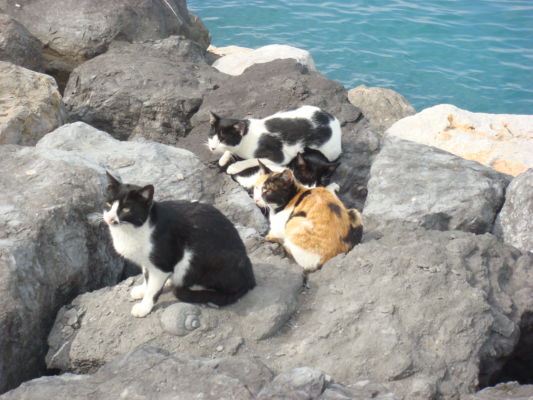Developments in genetic science may give us the ultimate predator-free breakthrough one day, but we can’t sit back and wait for that to happen.
“If we do,” warns Parliamentary Commissioner for the Environment, Dr Jan Wright, “the patient will die before the hospital is built.”
Birds and other native wildlife are dying now. We need to step up predator control using the techniques and technologies we already have and find ways to use them more effectively. In the second recommendation of her report, ‘Taonga of an island nation’, Dr Wright identifies high priority research.
Firstly, and importantly, the Commissioner reiterates her support for the use of aerial 1080.
“For the foreseeable future, the use of aerial 1080 is critical for knocking down populations of possums, rats, and stoats cost-effectively over large areas. But after any predator control operation, predators always return – whether they are invaders from outside the control area or the progeny of survivors.”
Research into ways of extending the 1080 knockdown period must be given a high priority, Dr Wright says. We need to trap and bait intensively along the ‘rat highways’ of reinvasion. The Commissioner also warns of the dangers of undermining aerial 1080 operations through excessive use of buffer zones, which allow survivors to remain in an area.

“Such restrictions should be based on a scientific assessment of actual risk, not perceived risk,” she says.
Other critical research areas prioritised by the Commissioner includes better understanding of the role mice play and why 1080 is less effective in controlling mice. They may be small – but the potential of mice to do harm should not be underestimated.
“In 2001, mice on a small island in the South Atlantic Ocean were found to be nibbling on live albatross chicks nearly 300 times their size.”
Learning how low predator numbers need to be for our more vulnerable birds to be safe and the sometimes contentious subject of controlling feral cats are also on the Commissioner’s research priority list.
“Feral cats and mustelids are particularly susceptible to the poison PAPP, which kills them rapidly and humanely. PAPP is currently used in bait stations for stoats, and work is underway on developing a long-lasting lure to entice stoats to the bait. But there appear to be no plans in New Zealand for its widespread use on feral cats or for the development of a cat lure.”
Recommendation 2:
I recommend that the Minister for the Environment, the Minister of Conservation, and the Minister of Science and Innovation direct officials to give a high priority to the following areas of research.
a) Slowing the return of predators after a control operation;
b) Optimising the use of 1080 in different forest systems;
c) Improving the effectiveness of 1080 for controlling mice;
d) Understanding the predator levels that are safe for different bird species, and developing techniques for measuring predators at low densities; and
e) Developing new baits and lures for the control of feral cats.
These research priorities will help us keep on top of predator issues in the short term. Ultimately, though, it’s genetic science that is most likely to give us the breakthough methods in predator eradication that will allow New Zealand to become completely predator-free. The PCE Report investigates what those new techniques and technologies might be. It also emphasises the importance of starting to talk about the implications of genetic science now.
New Zealand – we need to talk…
“There are at least three areas of research into predator control underway in New Zealand that rely on genetic science – toxins that kill only one species of predator; the Trojan female technique, which produces infertile sons; and gene drive, which increases the prevalence of a particular trait in a predator population. As knowledge grows, more possibilities will arise.”
So how do we feel about that?
“Approaches that rely on some kind of genetic modification are likely to encounter strong opposition from some. But the use of genetic science does not necessarily involve modifying genomes. Nor does the use of genetic modification necessarily involve transferring genes from one species to another.”
So just because it’s ‘genetic’ doesn’t mean it’s ‘genetic engineering’. It’s tricky to get your head around the science, however and the ‘self-propelling’ attributes of genetic techniques are likely to worry people initially.
“Some techniques, like the Trojan female and gene drive, once introduced, will spread through predator populations by themselves. This attribute will make such techniques very cost-effective, but is likely to create public concern… Clearly, if gene drive is used to suppress or eradicate predators in New Zealand, safeguards will be all-important.”
Which is why we need to have that conversation – and have it sooner rather than later. There’s no point spending a huge amount of research effort and funding to discover the magic bullet if we then refuse to load and fire the gun.
“Informed and early public discussion about different methods for using genetic science for predator control will be essential. Such discussion should not only cover the risks associated with such methods but also the promise they hold – the widespread control and potential eradication of the predators that are killing many millions of birds and other native wildlife every year.”
Recommendation 3
I recommend that the Minister for the Environment, the Minister of Conservation, and the Minister of Science and Innovation direct officials to begin developing a programme of staged engagement with the general public on the potential uses of genetic techniques to control predators.

